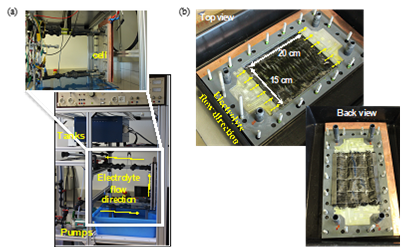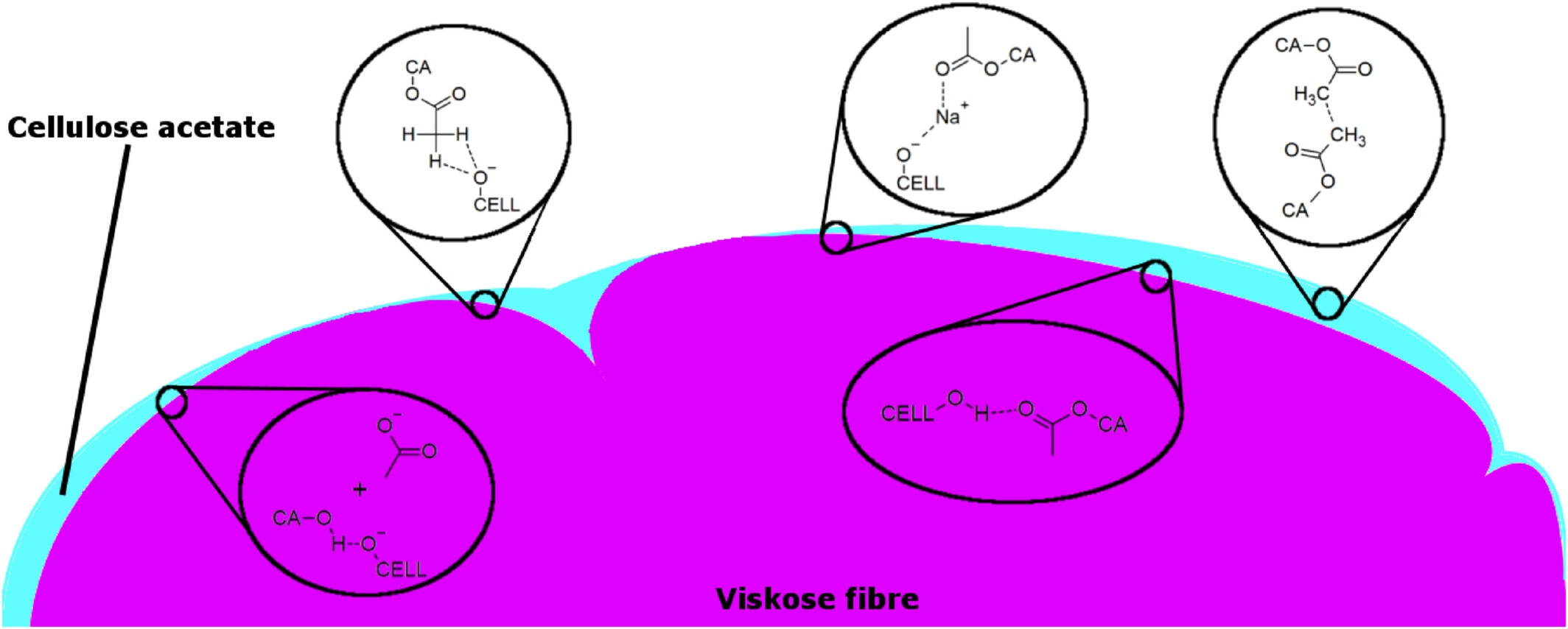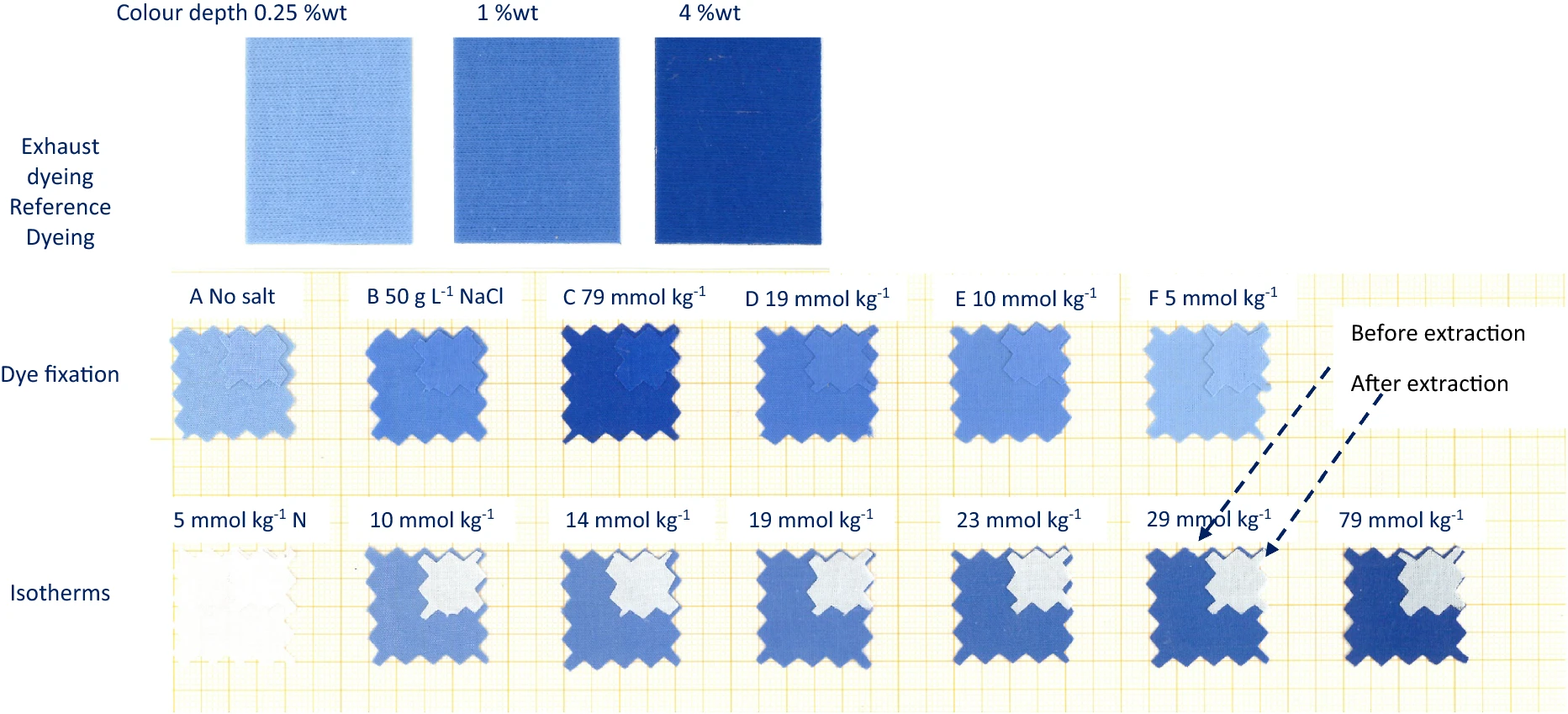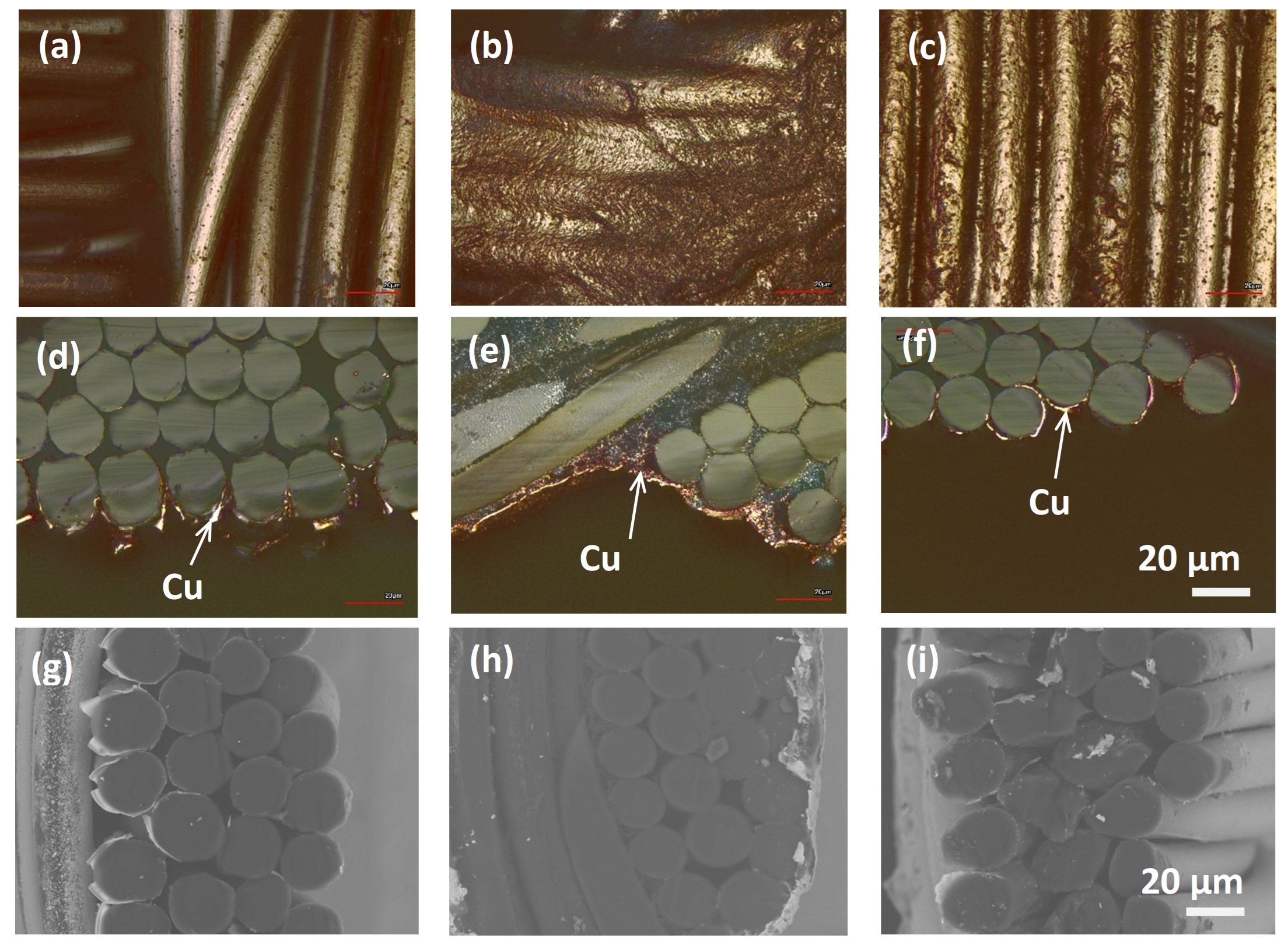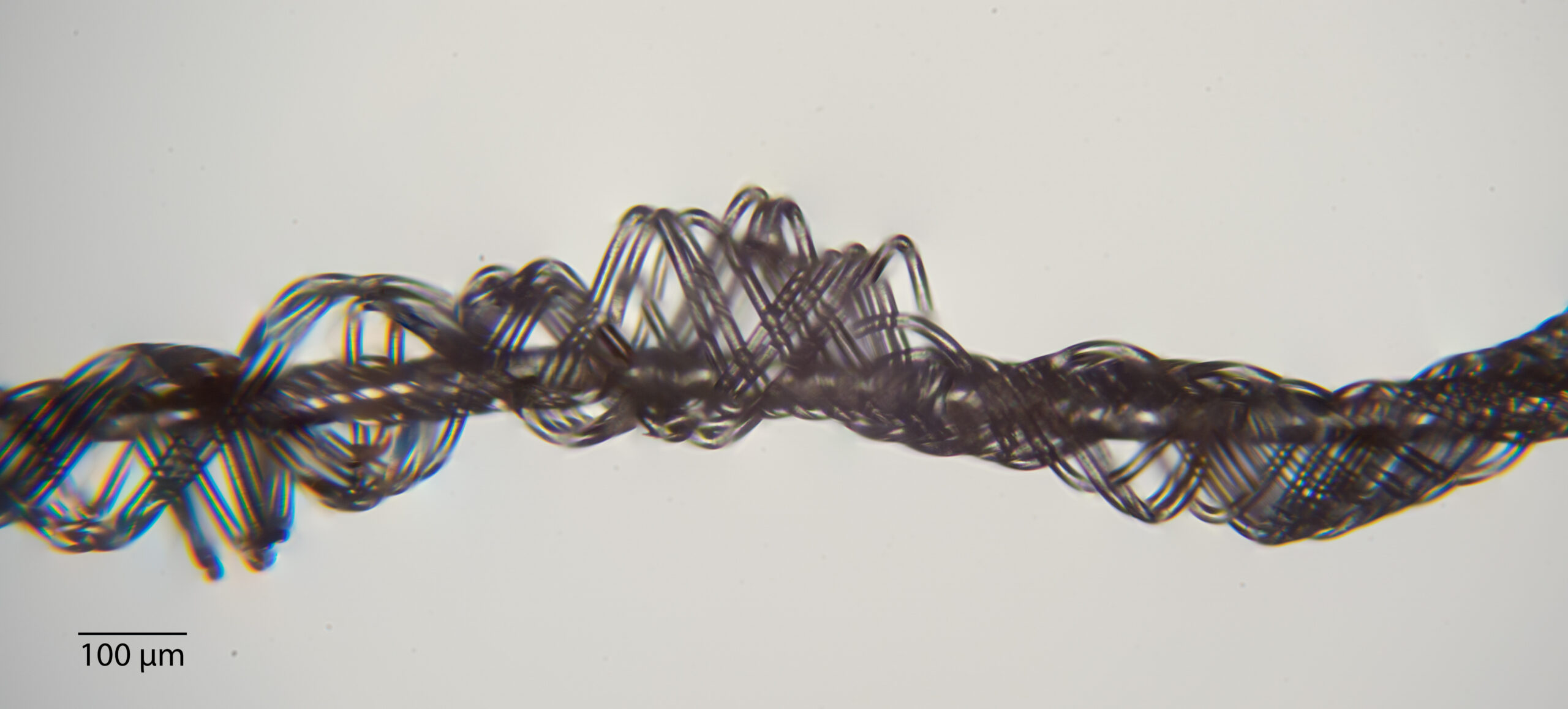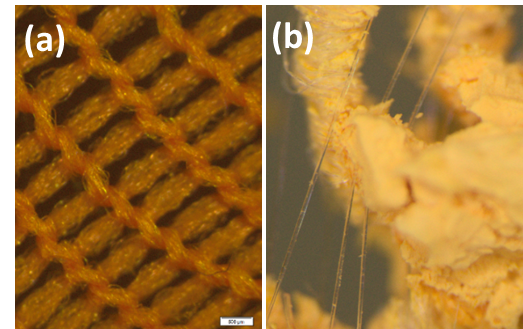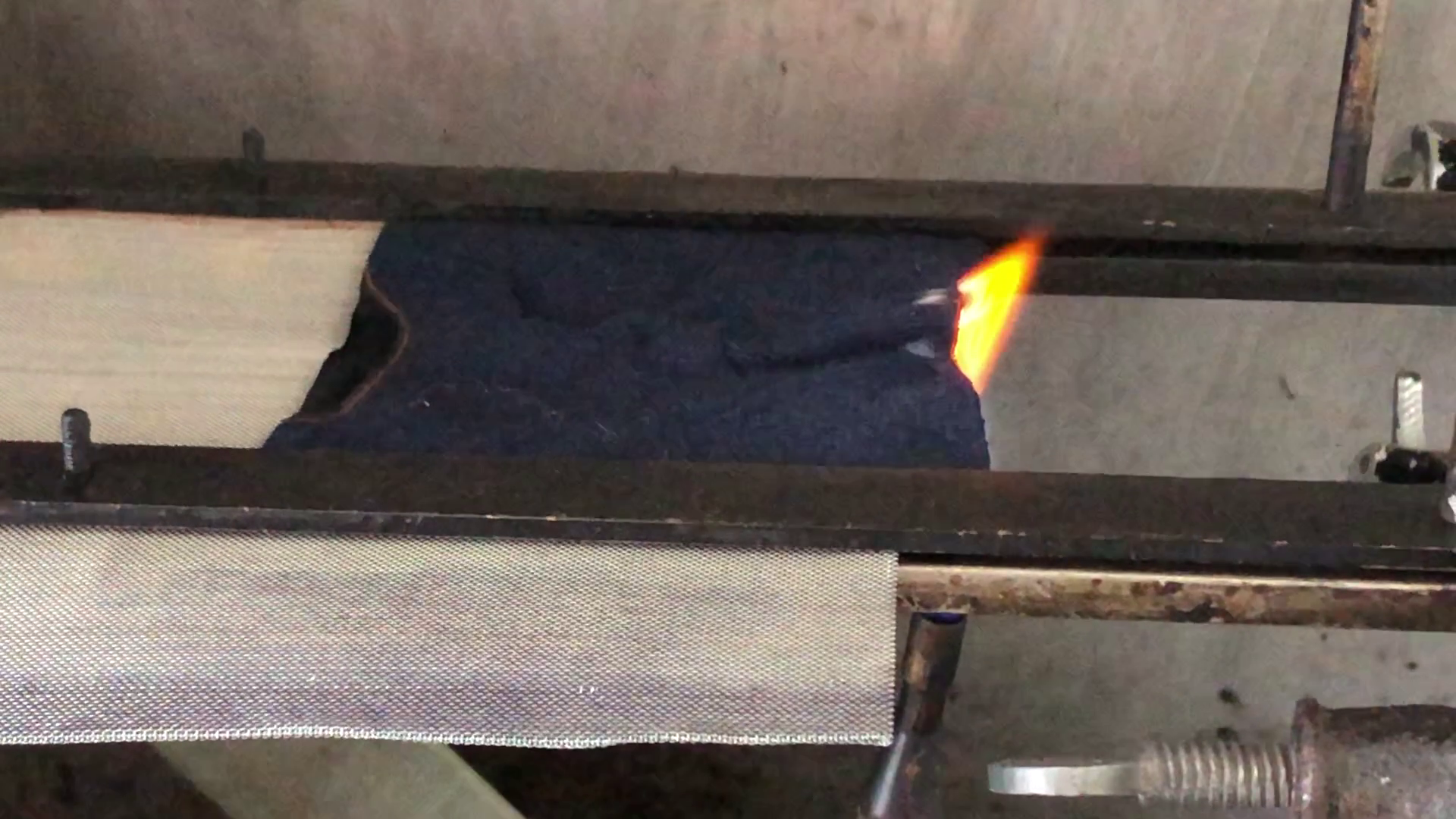CONDUCTIVE POLYMER COATING OF CELLULOSE
Programme: COMET – Competence Centers for Excellent Technologies Programme line: COMET-Project Type of project: Strategic project 2.1 Next generation of electrodes and electrolytes for energy storage systems Anchoring sulfonate groups in cellulose fibres (Copyright Univ. Innsbruck). ENHANCING THE ATTRACTION OF CONDUCTIVE POLYMER BY ANCHORING SULFONATE GROUPS [...]


